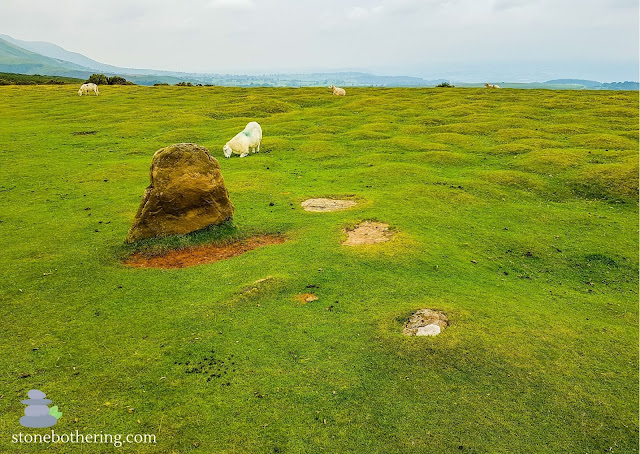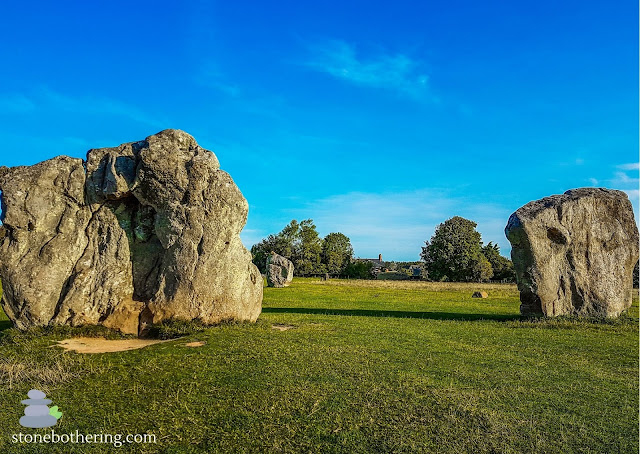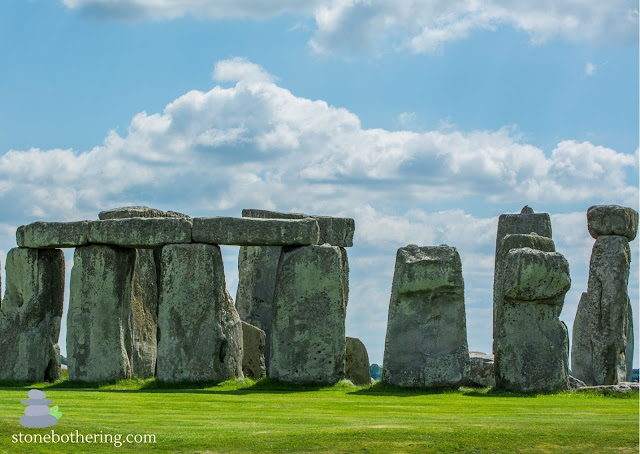A Journey to Pen y Beacon Stone Circle

Amidst the rolling hills and verdant valleys of Wales, shrouded in the mists of time, stands the enigmatic Pen y Beacon Stone Circle. With its lone sentinel stone reaching skyward and whispers of ancient rituals swirling in the air, this prehistoric monument beckons curious explorers and history buffs alike. A Circle Steeped in Mystery: Located a short distance from the charming town of Hay-on-Wye, Pen y Beacon's origins remain shrouded in mystery. While only four stones remain, archaeologists believe it once boasted a grand circle roughly 30 meters in diameter. Some speculate it served as a ceremonial site, while others believe it marked an important burial ground. The presence of portal stones, an uncommon feature in Wales, adds another layer of intrigue. Stepping Back in Time: As you stand amidst the stones, imagine the lives that unfolded here millennia ago. Picture druids chanting under the moonlight, families laying their loved ones to rest, or communities gat




